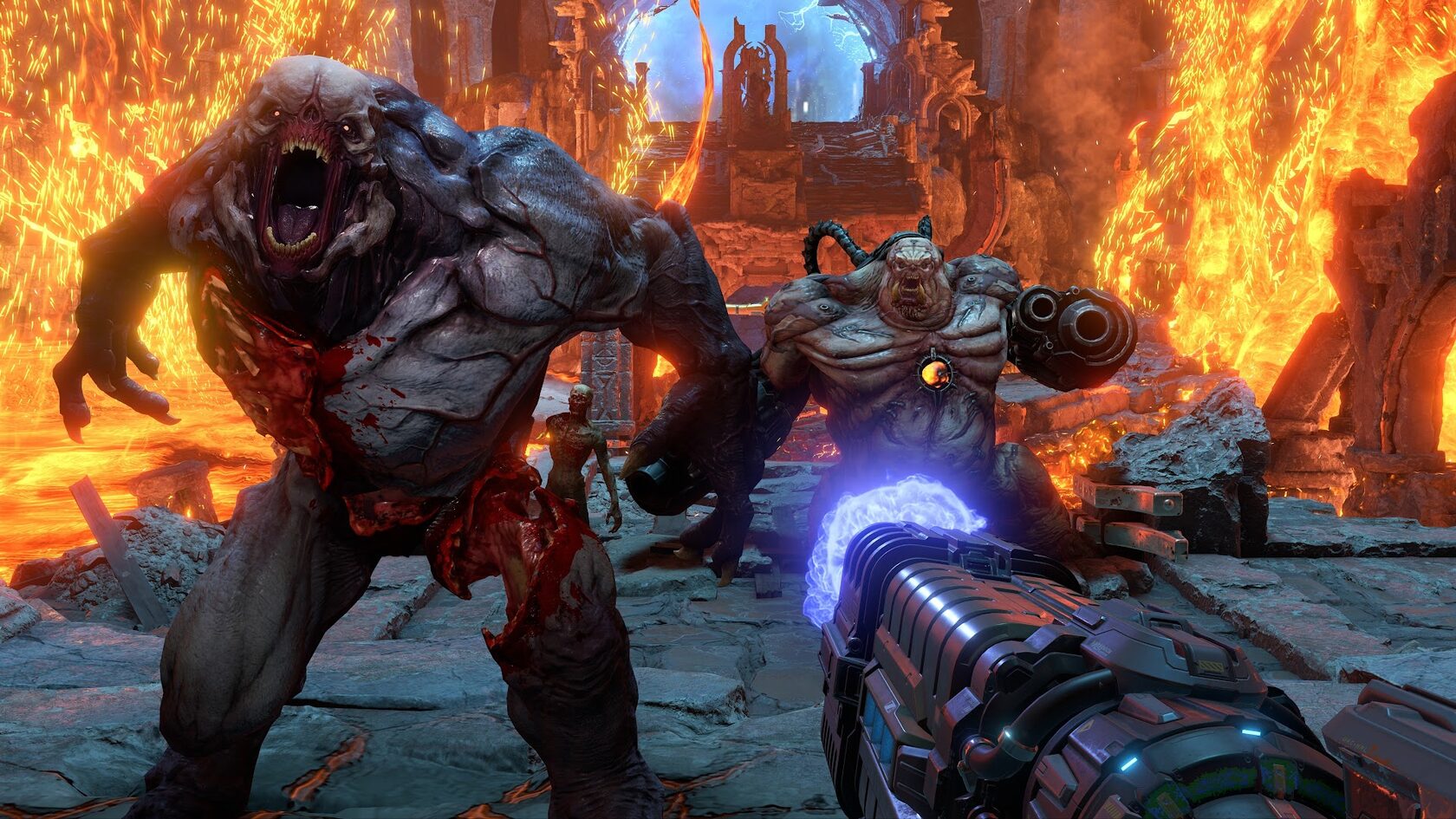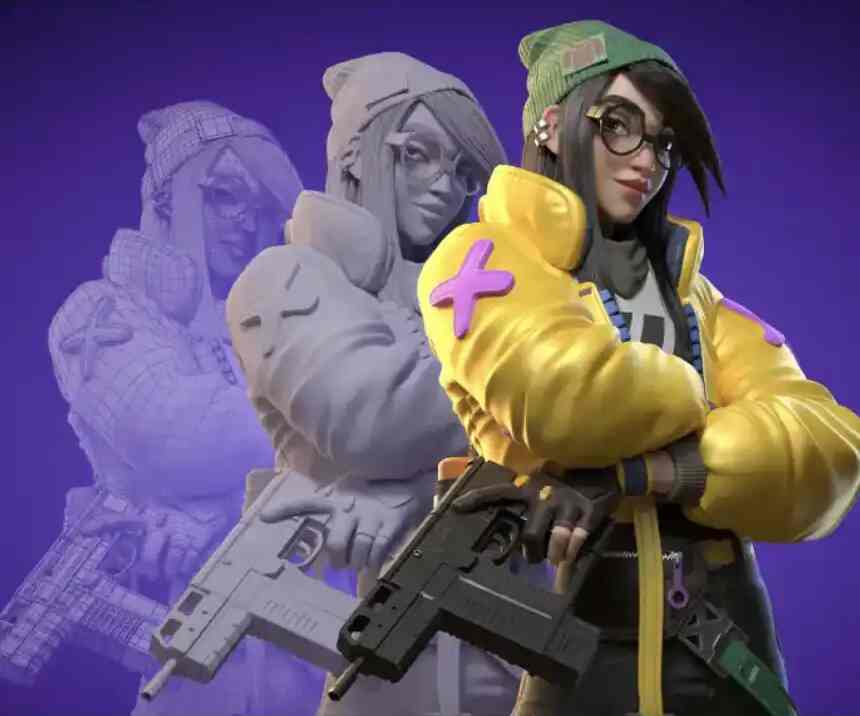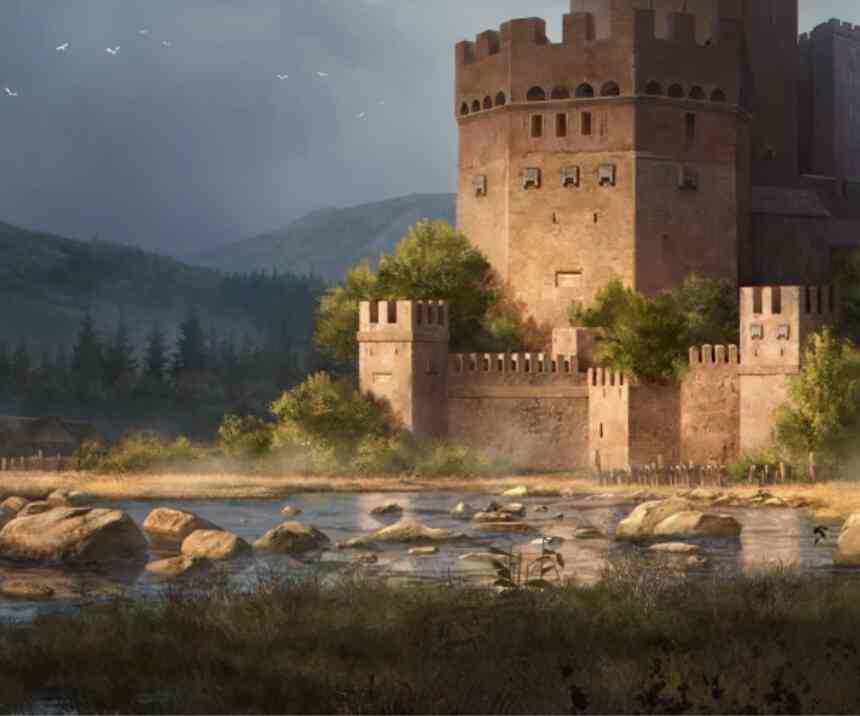PROS AND CONS OF CHOOSING 2D VS 3D ANIMATION
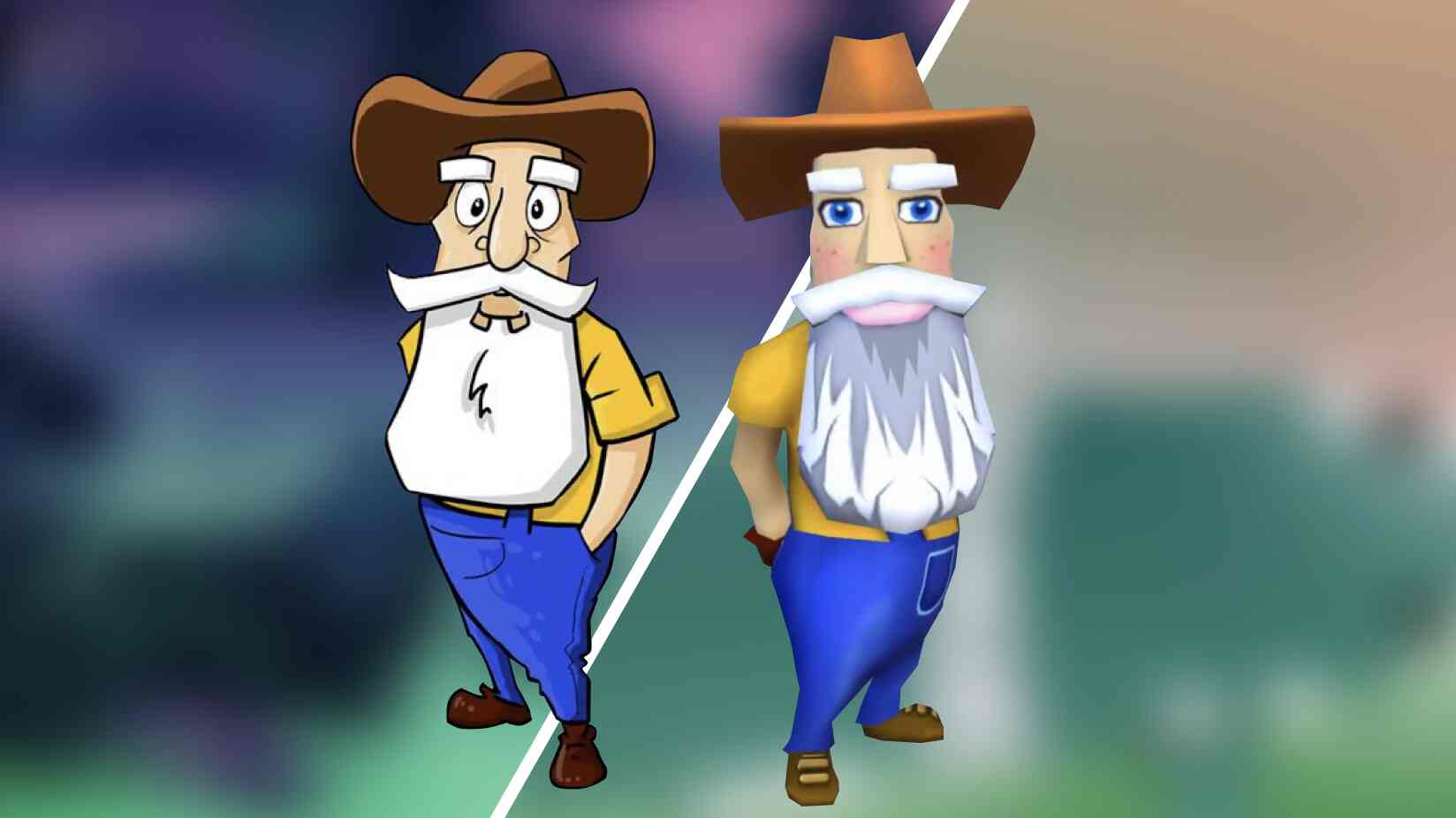
2D VS 3D ANIMATION: WHICH IS THE WAY TO GO AND WHY?
These pieces include the creating characters, game scenes, other visuals, sound, character and environment animation, artificial intelligence, and others.
THE HISTORY OF 2D VS 3D ANIMATION
As for 3D games, they are not afraid to add another dimension to make the environment, objects, and characters look livelier. The scenes in such projects are often created in perspective, so they scale accordingly when the camera comes closer to objects. There is no shortage of AAA 3D games, and we're sure that you have played or at least heard of great series like Resident Evil or Forza Horizon, which had a blast in 2021 with their latest releases.
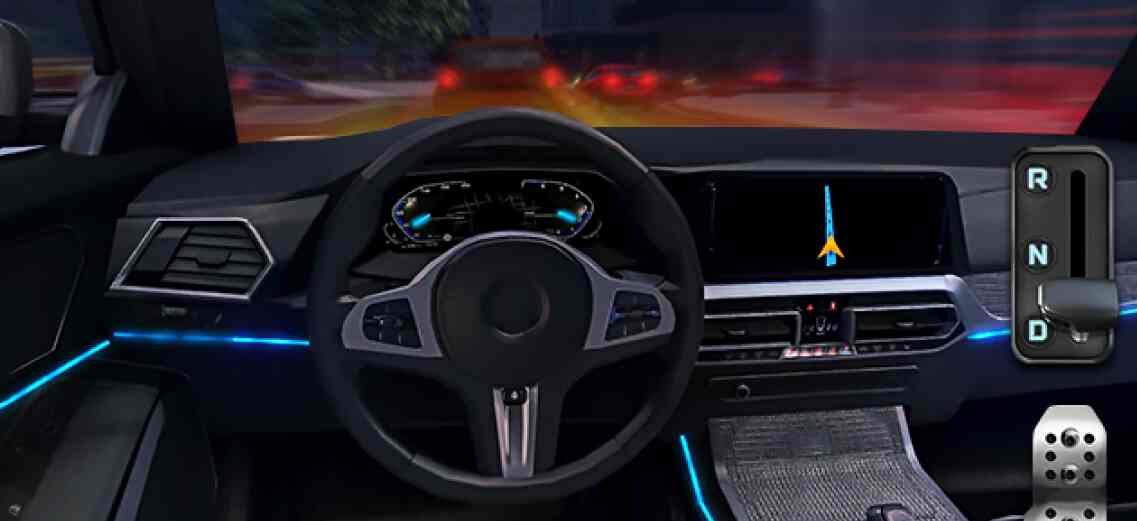
In addition to that, some 2D games flirt with three-dimensional geometry and depth by making the camera work in an orthogonal projection. It is a common technique for projects, where the player oversees everything from the bird's eye view, and the image is presented in an isometric projection. So as you see, the difference in 2D and 3D sometimes gets blurred.
ADVANTAGES OF 2D/3D ANIMATIONS FOR SPECIFIC GENRES
Modern gamers don't have a shortage of two-dimensional titles in various genres — from quests and visual novels to jump-and-run and metroidvanias. Although 3D projects usually offer better visuals, 2D games also have their strengths. They often pull the strings of nostalgia and come with less complicated controls allowing you to focus on the gameplay more. Apart from that, many 2D animation programs are integrated with popular game engines such as Unity, which makes the development process more convenient.
Although it might seem that the more dimensions you add, the better options have, it is not necessarily true. Even working with two dimensions, you can come up with numerous mechanics that will work in 2D but won't as much in 3D. The same applies to the 2D vs 3D animation matter. We created a quick list of genres where 2D games usually excel to prove this point.
Run-and-Gun, Beat 'Em Up, Hack-and-Slash
In run'n'gun, beat 'em up, and hack'n'slash titles, players face hordes of enemies in succession. The main difference is all about your weapon of choice. As you already guessed, in run-and-gun games, you will be firing your way through the waves of hostile pixels. In beat 'em ups, your best friends are your fists and sometimes melee weapons. The latter makes beat 'em ups almost the same as hack-and-slash games, but those tend to go a bit deeper into the role-playing territory with crafting, traits, and learnable skills.
If we had to pick just one memorable run-and-gun game from recent history, it would be Cuphead — for its incredible visual style and chaotic gameplay. If you would like to play a solid beat 'em up, then take a look at Castle Crashers. As for hack'n'slash — how about good old Diablo 2, which was just recently "resurrected" in the form of a remake?

Platformers
Who knew that one funny Italian plumber named Mario would become the biggest and most long-lasting icon in video gaming history? He started his career as the protagonist of one of the earliest platformers — Super Mario Bros. Deluxe (1999). In platformers, the action takes place in 2D environments segmented in multiple levels. To emerge victorious and save the princess, Mario progresses through difficult terrains infested with enemies by climbing and jumping between platforms. Hence, the name "platformer."
Such games were rather easy to make, so many developers wanted to start their own franchises. Not all of them were playable, but Mario still remains the king of the genre. Modern Mario games developed by Nintendo are no longer just 2D platformers and often offer a 3D experience as well. But for those who feel nostalgic, we recommend playing good old Super Mario World and Sonic the Hedgehog series.
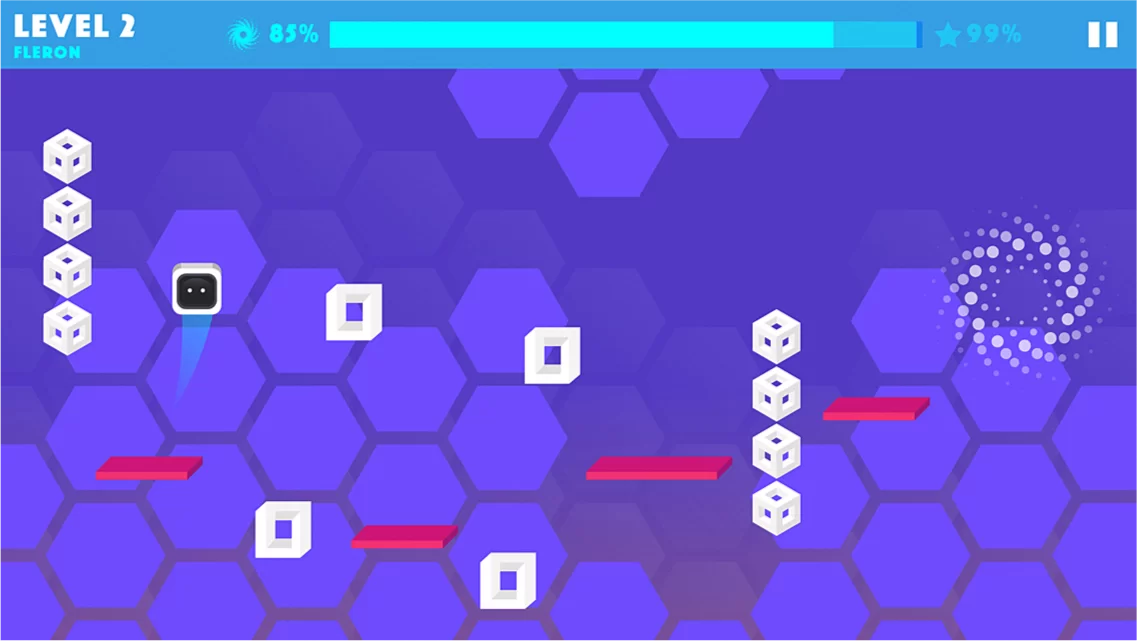
Puzzle games
As time went on, puzzle games had to evolve. It resulted in new cross-genres like puzzle-based platformers with more complicated mechanics, graphics, and animation, of course. Both 2D and 3D animation have found their application in new puzzle games. Some of the greatest representatives of this category are Limbo, Inside, and Braid. All these titles are visually pleasing, complex, and require some serious problem-solving skills.
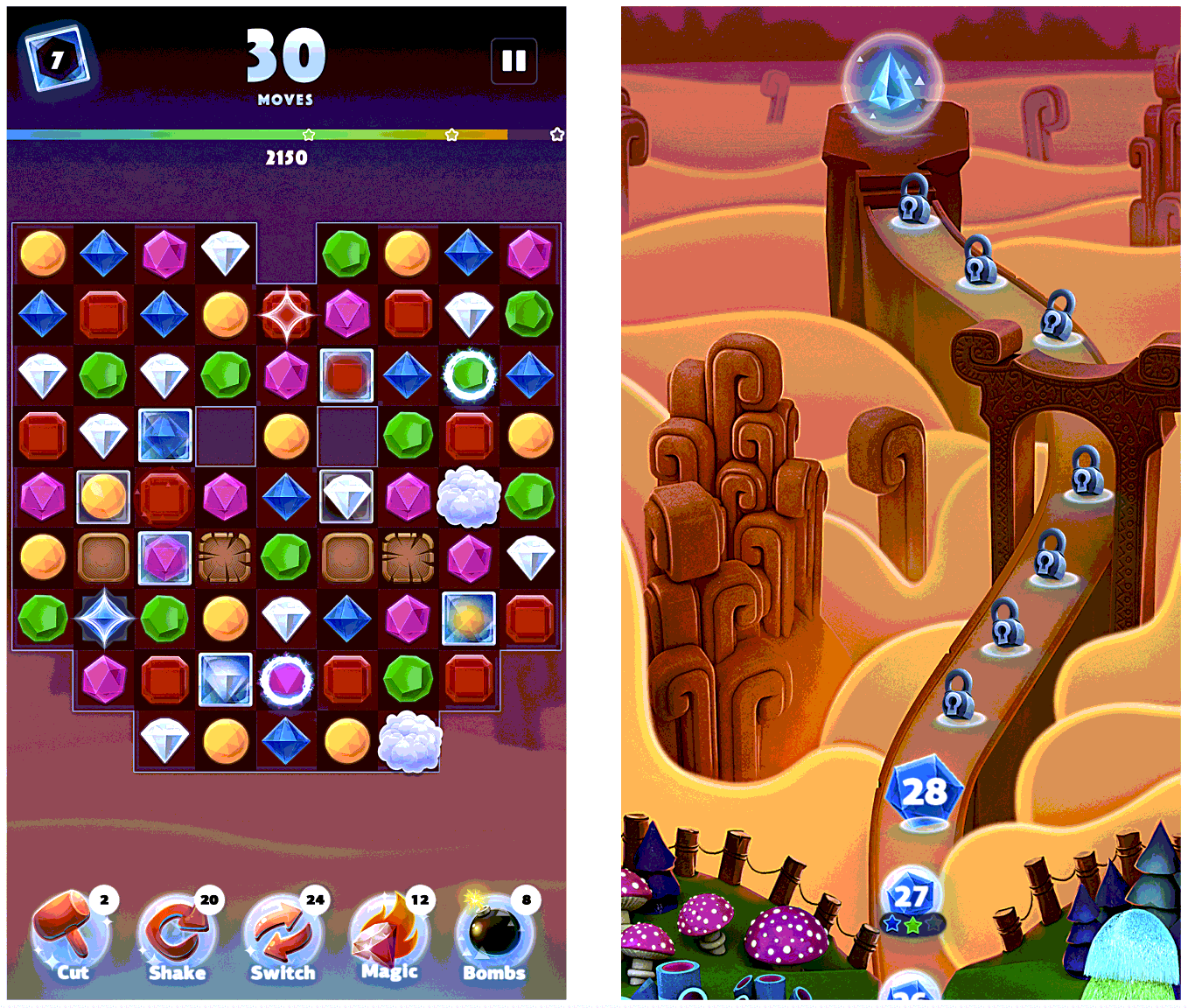
CLASSIC 3D GAME GENRES
Having an extra dimension to work with adds a whole new layer of complexity, dozens of challenges to overcome, and more fun. On the other side, there is a never-ending debate about 2D vs 3D animation with people arguing, which is harder to realize. The latter is quicker because it does not require artists to animate frame by frame. However, it is also more technical and involves more elements. So, in the end, it depends on the project you are trying to make. Speaking of projects, we cannot help but mention the most popular genres of 3D games: Action, RPG, and Sports.
RPG
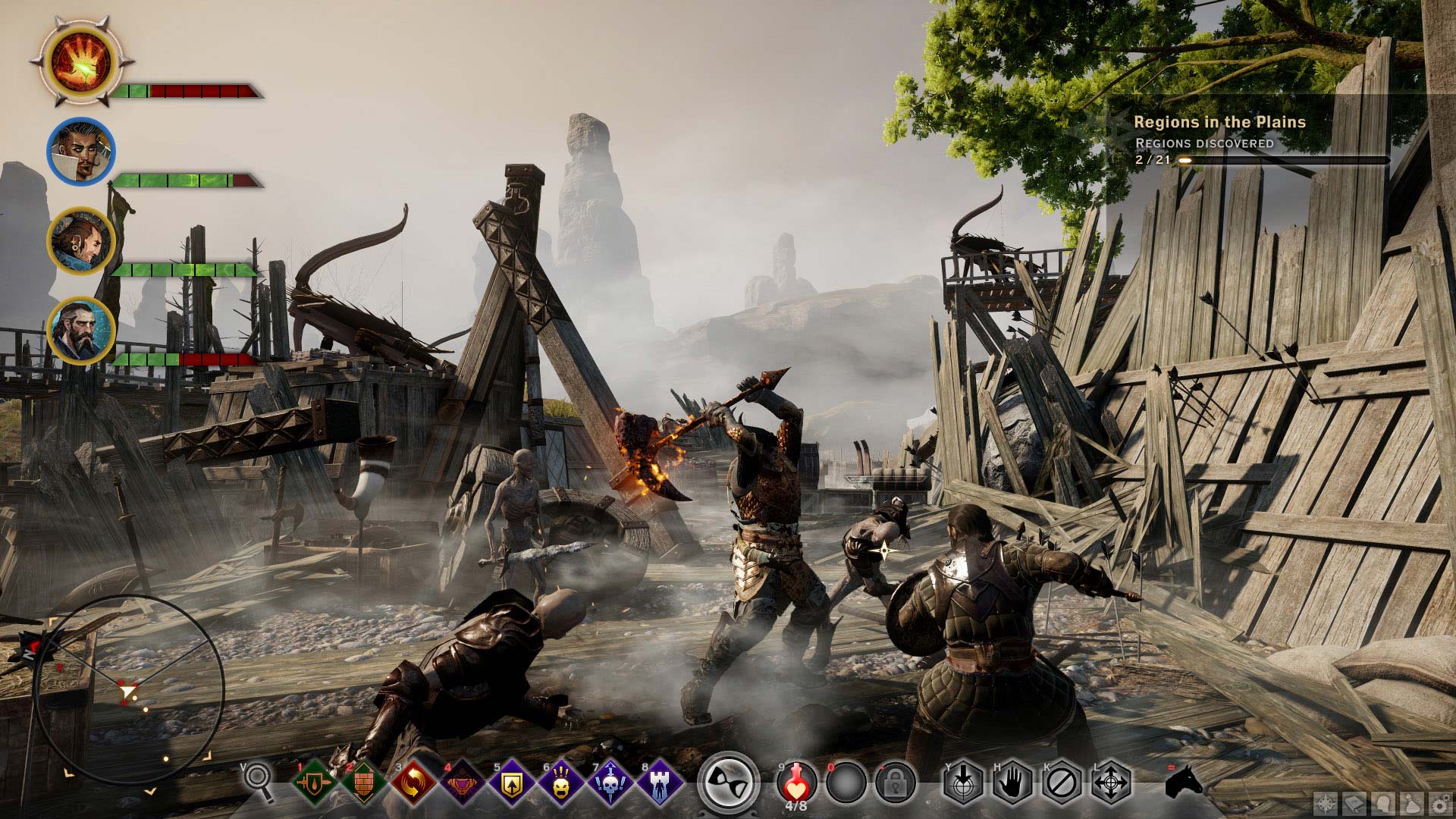
- Action RPG – combines elements of action games and RPGs (Mass Effect series, Fallout series).
- Dungeon crawler – involves exploring closed spaces and labyrinths filled with monsters, traps, and loot (Darkest Dungeon series).
- MUD – stands for "Multi-User Dungeon," usually text-based and requires players to type commands (Achaea, DragonRealms)
- MMORPG – essentially any RPG that can be played online with other players (New World, World of Warcraft).
- Roguelike – a type of dungeon crawler with procedurally generated environments, turn-based gameplay, and permanent death (Returnal, Hades)
- Tactical RPG – when RPG meets a tactical strategy and appropriates its core elements (Shadowrun series).
Sports games
Traditional sports that you can enjoy on your consoles and computers. Includes a variety of subgenres from racing and skateboarding to boxing and football. Most of these games are simulators but not all of them, of course. For example, games like Forza Horizon shift more into the arcade territory instead of simulation with hardcore physics.
Sports video games can be very competitive and require tons of practice to succeed (especially if you want to play vs. other players). The most popular sports series are FIFA, Madden, NBA 2K, DiRT Rally, Forza, etc.
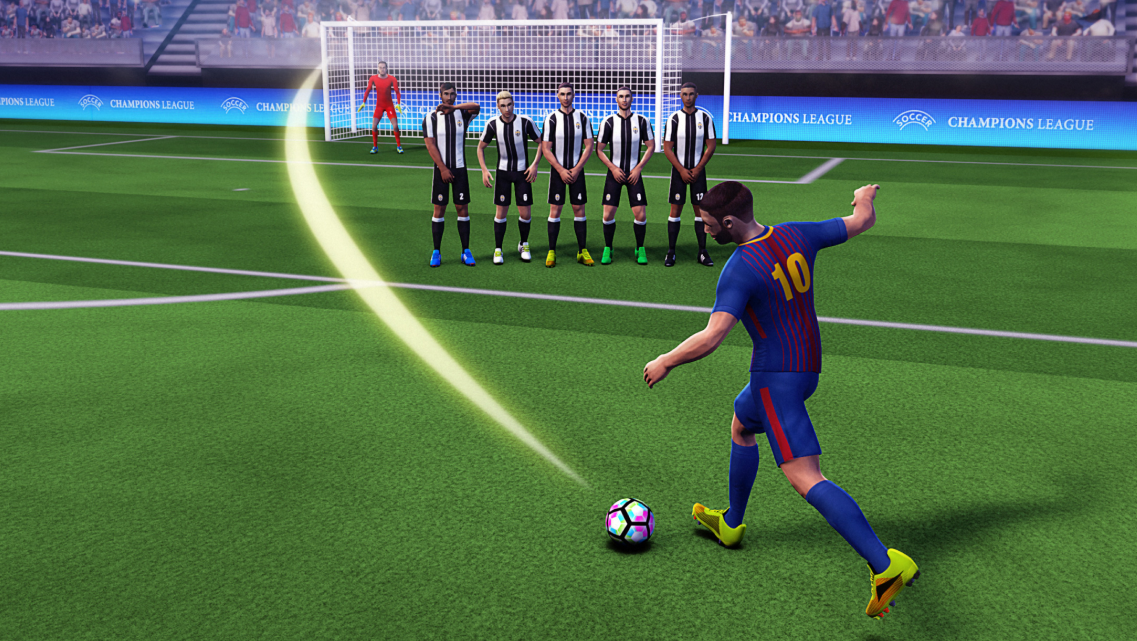
Action games
- Stealth action: instead of going all guns blazing, you take a more subtle approach to solving problems. Be silent, be invisible, use a variety of cool gadgets, and neutralize enemies without them even knowing you were there (Tom Clancy's Splinter Cell series, Metal Gear series).
- Survival: how to make players fear for their lives? Put them in a super hostile and dangerous environment, give minimum resources, and drop just a few hints about what's going on. That's basically it. The players will have to adapt, improvise, explore and survive (Resident Evil series, Silent Hill series).
- Shooters: guns are your best friends! Grab a trusted assault rifle, powerful handgun, or plasma blaster to prove enemies they are wrong. This subcategory can be further divided into third-person (Uncharted, Fortnite) and first-person shooters (Doom, Wolfenstein).
- Platformers: you know the drill – here are the platforms, so please jump them all to progress and don’t die.
POPULAR 2D AND 3D VISUAL STYLES
The visual component in modern games is one of the main decisive factors for the audience. People got used to mind-blowing graphics in general. So how can developers surprise such demanding public? With various cool-looking art styles, of course! And this is where both the 2D and 3D animation may show their strengths. So let's find out which visualization techniques work best and in which games you can check them out.
Cel-Shading
When you see cel-shaded graphics for the first time, it might look weird. This is because it stands on the border between 2D and 3D and has a flat comic look with lighting and shadows. This effect is achieved by creating three-dimensional models and re-rendering them in 2D with thick outlines. However, nothing prevents artists from drawing cel-shaded assets manually by adding shadows and lighting during the initial process. To see how cel-shading looks in modern games, check Borderlands or XIII titles.
Pixel art
Very common and popular 2D game art style. Titles with pixelated graphics have a distinctive look because all characters, environments, and objects are made from visible pixels. Originally such visuals were the result of technology limitations, but today pixel art brings a heartwarming nostalgic effect to old-school gamers. Games like Fez and Terraria make good use of it.
Flat Art
The name of the style suggests that it is a prerogative of 2D games. It has a certain charm to it when everything looks as flat as possible and is made up of basic shapes. This includes all characters in the game, the world, and its objects. The artists need to go an extra mile with colors and borders to make flat shapes more distinctive. Guacamelee and Limbo are perfect examples of clever flat art realization.
Realism
Realistic graphics try to recreate the appearance of our world in digital projects. The style itself is not about hyper-realistic animations or replicating human faces 1-to-1. Instead, realism brings the general atmosphere of the real world and tries to make it feel indistinguishable from reality (with some provisos).
This 3D animation style is often used in simulators and various training programs. It helps people immerse in the process entirely. The next step up from realism is photorealism, which is even more believable but requires powerful hardware to run smoothly. Most realistic visuals today can be found in Red Dead Redemption 2, Metro Exodus, Last of Us 2, and other AAA titles.
Photorealism
Cartoon style
While the two last art styles were catering towards 3D, in this situation, the choice between 2D vs 3D animation is not so one-sided. There are tons of great examples on both sides: Cuphead (2D), Rayman Origins (2D), The Legend of Zelda: Ocarina of Time (3D), World of Warcraft (3D), etc. This style allows artists to create original game worlds and atmospheres, free from the bounds of total realism.
HOW TO CHOOSE BETWEEN 2D ANIMATION VS 3D
ANIMATION
- 3D games are more spectacular, have better immersion, and allow developers to tinker with a variety of neat tools and opportunities. On the other hand, they require a wider range of expertise and more time to realize and test all the cool features. Hence, we often see release delays of big AAA titles.
- 3D games are usually done by large development teams (both in-house and outsourced contractors to speed up the process). It results in extra management efforts and overcomplicated coordination.
- 2D games usually have a smaller scale, so there is no need to hire hundreds of people to work on them. Even limited teams with a few artists, coders, and managers will suffice. However, when it comes to 2D animation, you need to remember how time-consuming the frame-by-frame method could be, so plan accordingly.
Many magnificent indie games were created singlehandedly by talented individuals with great ideas, although it took them considerable amounts of time to finish. With a little help from third-party developers, such projects can be done (or at least tested) much faster. If you are planning to make your first step in gamedev and implement a small project, we would recommend starting with 2D instead of 3D animation style. It requires less effort and resources but still gives you practical development knowledge.
HOW TO FIND A PARTNER FOR YOUR GAMING PROJECT?
If you feel confident or determined to make a complex 2D or 3D project, the first thing you need to do is consult with professionals. A fresh look from another perspective backed up by years of experience in the field will reveal hidden problematics and possible bottlenecks in your plan. In addition to that, you will get realistic budget numbers and project implementation timelines. All these services are just the beginning, should you choose to work with Argentics.
Our team consists of seasoned professionals that have been working in this industry for decades. We know all the difficulties and pitfalls of game development for different game genres. Our main goal is to help you and support you until the end in accordance with your project's vision. No matter what genre you want, which 3D animation style or 2D animation style you need, or what particular features you have in mind – together, we can do anything!
